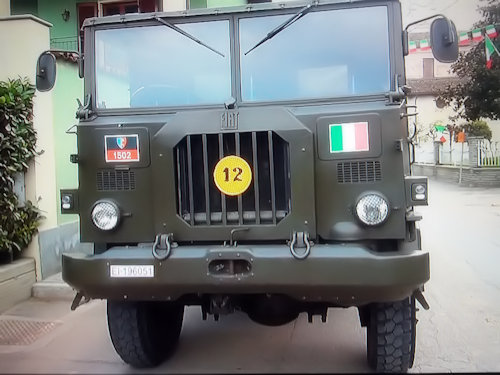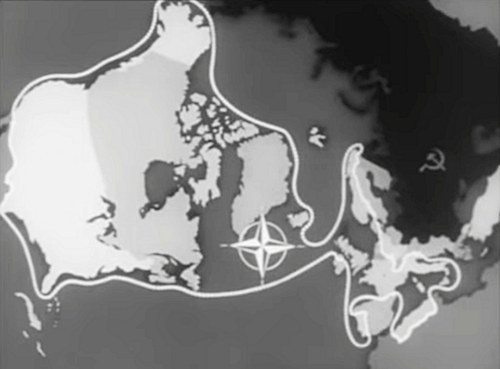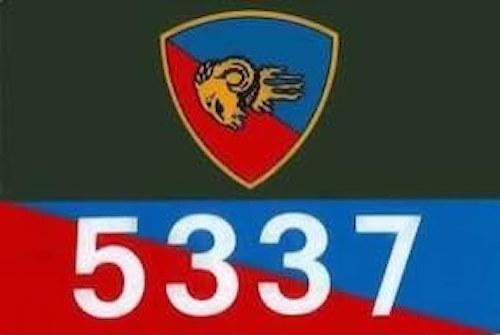Many times when describing a vehicle, or rather, a military vehicle platform, we have referred to a specific STANAG approval, an essential fact that evokes many memories common to many enthusiasts. The name Stan-Ag o Stanag, is the NATO abbreviation of Standardization Agreement which are generally followed by four identification numbers per topic and particular treated.
The Stan-Ag codes actually represent an agreement or more simply a common international language between NATO countries regarding the directives and construction characteristics of the means or, on the adoption of equipment, ammunition, materials or equal or similar operational, logistical and administrative procedures , resulting intrinsic in any activity of the Armed Forces. A huge topic well over 1200 agreements Stan-Ag where compatibility, interoperability, interchangeability e uniformity they are the cardinal points.
The identifiers
I spoke of memories, in fact it was customary to indicate incorrectly how Stan-Ag (which are standards) the alphanumeric code used over the years to identify Army and Carabinieri vehicles. There is also to say that the codes Stan-Ag they have changed several times over the years with unclear rules and a lot of confusion, but I can guarantee you that on social networks there are those who manage to trace which department they belong to by observing an old and faded black and white photo.

Since 1956, for Italian military vehicles (tanks, including helicopters) the front left identifier of the tricolor was expected, the military class of the loaded vehicle - yellow disc with number -, rather than the unit emblem, or the number of the army corps.
In 97, with the reorganization of the major army units, the army corps commands were abolished and the EMS did not present an update on the Stan-Ag, which took place instead in '75 and '86. The unit commanders acted independently until the year 2000, when the "Stan-Ag" identifiers were abolished, bringing with them the memories of many conscripts and commanders.
On the subject, I bring you a confidence from a lieutenant on leave for several years, who reconstructs the history of the Stan-Ag a little differently: “There was a STANAG (whose number escapes me now) which regulated the identifications to be carried on vehicles. NATO decided to abolish identifiers from vehicles many years before the 90s in order not to allow an immediate and easy identification of the same, requiring only the display of the national flag. The Italian army remained in default for some years until its departments were sent to the Balkans for employment in that Theater of Operations. This was the reason for the removal of the weapon and department identifiers (which you call STANAG) and not that of the restructuring".

The office
Albeit the times of transposition of the common directives Stan-Ag in the various countries are not immediate, the NATO Standardization Office (NSO) is the place where approvals conducted by the are administered standardization committee (CS) in joint session with the military delegation of the Atlantic Alliance. It is also the seat of the NATO term, the constantly updated database for unclassified military terminologies, written in only two languages, English and French.
 The history of NATO
The history of NATO
With the signature of Atlantic Pact occurred on April 4, 1949 in Washington, it becomes necessary to begin using a common language among the members of the alliance regarding the coordinated development of policies, procedures and equipment.
The agreement takes the name of NATO, North Atlantic Treaty Organization ie North Atlantic Treaty Organization: a structure created to counter the potential threat of the former Soviet Union and so far never dissolved. Its purpose is to have shared agreements to increase war efficiency while also reinforcing the feeling of solidarity between allies; therefore not only unification but common defensive strategies.
In January 1951 in London, at 13 Belgrave Square, the first was established Military Office for Standardization (MOS) for the operational and administrative management of standardization. From England, NATO moved to Paris in 1952 and then to its current headquarters in Brussels on 16 October 1967.
Since 2001, the NATO standardization agency has been given greater responsibilities which are still confirmed today, showing itself in continuous metamorphosis in relation to the international political framework.
NATO has 31 countries: Finland was added today.
The AQAP 2110 guarantee
Another term that appears when considering military materials and means is theAllied Quality Assurance Publications 2110 associated with the acronym Stan-Ag and related numbers, which represents the guidelines of a guarantee on the correctness of NATO uniformity. It is in effect a sort of guarantee on the standardization procedures to avoid the Defense from incurring, in the case of means, in unfortunate "swindle".
AQAP 2110 is also an important requirement when bidding for NATO contracts or in MODs.
Photo: web / NATO












